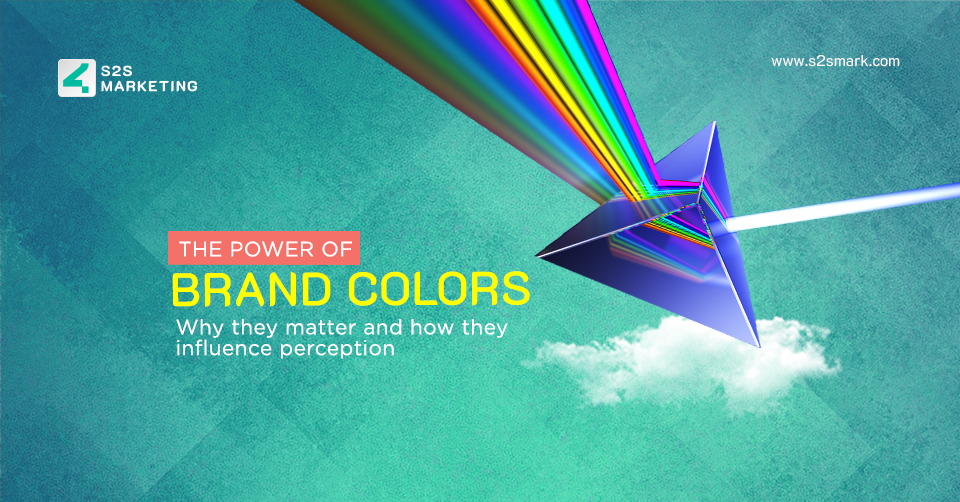In the world of branding, colors play a crucial role in shaping a company’s identity and influencing consumer perceptions. From the iconic red of Coca-Cola to the vibrant blue of Facebook, brand colors have the power to evoke emotions, convey messages, and create lasting impressions. In this blog post, we will delve into the significance of brand colors, exploring the psychological impact they have on individuals and their role in building a strong brand identity. Join us on this colorful journey as we uncover the reasons why brand colors are so important in today’s competitive market.
-
I. The Psychology of Color
Colors have a profound effect on human psychology, triggering emotional responses and influencing behavior. Understanding the psychology of colors is key to utilizing them effectively in branding. This section will explore the impact of various colors on human perception and emotions, discussing how warm tones like red and orange evoke excitement and passion, while cool tones like blue and green convey calmness and trust. We will also touch upon cultural associations with colors and how they can vary across different regions of the world. By grasping the psychological underpinnings of colors, businesses can strategically select brand colors that align with their desired brand image.
-
II. Brand Identity and Differentiation
Brand identity is the essence of a company’s personality and values. In this section, we will explore how brand colors contribute to establishing a distinctive identity in the marketplace. A strong brand color palette can set a company apart from its competitors, helping consumers recognize and remember the brand more easily. We will examine successful examples of companies that have effectively used brand colors to differentiate themselves, such as Starbucks’ iconic green or Tiffany & Co.’s signature robin’s egg blue. Additionally, we will discuss the importance of consistency in brand colors across various touchpoints, including logos, packaging, websites, and marketing materials. Consistency fosters brand recognition and reinforces the brand’s values, creating a cohesive and memorable experience for customers.
III. Emotional Connection and Brand Perception
Brand colors have the power to evoke specific emotions and create a deep emotional connection with consumers. In this section, we will explore how brands strategically use colors to shape consumer perceptions and influence purchasing decisions. For instance, luxury brands often employ elegant and sophisticated colors to evoke a sense of exclusivity and quality. Conversely, vibrant and energetic colors are commonly used by brands targeting a younger audience or those in the entertainment industry. We will also discuss the importance of cultural context in color associations and how brands must consider cultural sensitivities when expanding globally. By understanding the emotional impact of colors, businesses can cultivate positive brand experiences and foster stronger customer loyalty.
-
IV. Adaptability and Evolution
As businesses evolve and adapt to changing market dynamics, their brand colors may need to be adjusted accordingly. This section will explore the reasons behind rebranding initiatives and the challenges companies face when changing their established brand colors. We will analyze successful rebranding examples, such as Instagram’s shift from a retro brown camera icon to the vibrant rainbow gradient, highlighting how strategic color changes can signal a brand’s evolution and resonate with target audiences. Additionally, we will discuss the importance of conducting thorough market research and understanding consumer preferences before embarking on a rebranding journey. Flexibility and adaptability in brand colors allow companies to stay relevant and maintain a strong connection with their evolving customer base.
Conclusion
Brand colors are not merely decorative elements but powerful tools that shape perceptions, evoke emotions, and establish a distinct brand identity. The psychological impact of colors, coupled with their ability to create emotional connections, highlights the importance of strategic color selection in the branding process. By harnessing the power of brand colors, businesses can differentiate themselves in a competitive market, foster brand loyalty, and leave a lasting impression on consumers. As you embark on your branding journey or consider reevaluating your existing brand colors, remember the profound influence that colors can have and the potential they hold in shaping the success of your brand.





